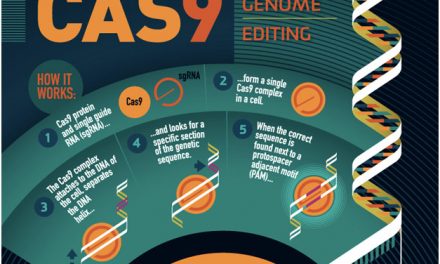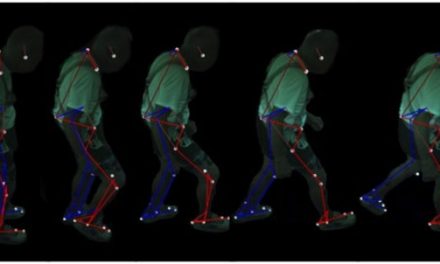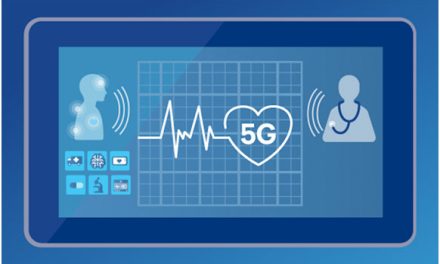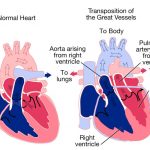As their name suggests, nanorobots are minuscule devices that do precision work at the atomic or molecular scale, defined as being 1-100 nanometers in at least one dimension. Scientists are looking to our bodies for inspiration where DNA and proteins serve as organic nano molecules. In one sense, DNA is a type of programming that helps give rise to proteins, which are created to carry out molecular functions. Much research still needs to be done, however, to propel nanorobots from their current infant stage to a place where they may be readily available and used in all fields. In particular, nanorobots may offer the means of revolutionizing healthcare by changing how we diagnose and treat patients.
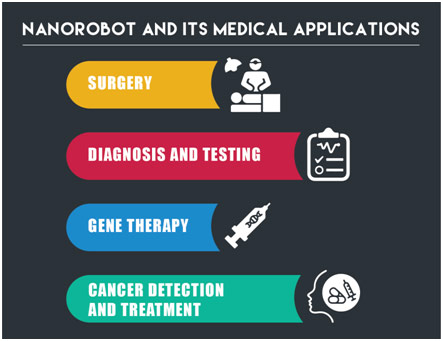
Medical Applications of Nanorobots
Surgery generally involves making large incisions to investigate or treat a condition in the patient’s interior. These incisions do not serve any other purpose and have many associated issues, considering they leave a scar, leading to longer recovery times, and are sites of possible infection. Guided by ultrasound or MRI, nanorobots may allow for motionless surgery. They could be introduced through the body’s various orifices, make their way into the bloodstream, and then reach their target location. Operating under the surgeon’s direction or autonomously, they could resect a patient’s tumor, perhaps taking multiple small biopsies to know what to take out and what to leave. While most surgeons can never hope to remove the entire tumor from a patient’s body, nanorobots potentially can because of their unparalleled precision. Researchers have already made biological nanorobots that cut off blood supply for tumors, helping to fight their growth and spread. A group of international researchers has even begun using nanorobots in mice to break up arterial blockages. Considering that heart disease is the leading cause of death in the US, these nanorobots, which first give drugs to soften the plaque and then drill through the plaque, could help contribute to even greater life expectancies in the world.
The minuscule scale of nanorobots also allows for more targeted drug delivery, giving the medication only to the liver in the case of liver disease, for example. Traditional drugs could be encapsulated by nanotubes and slowly released to the target organ, which would be especially useful for really toxic drugs like chemotherapeutic agents. Considering that drugs are metabolized and thus usually inactivated in the gastrointestinal system, this nanoencapsulation might also protect the drug and allow for a higher bioavailability, which is the fraction of the drug that makes it into the plasma. Thus, a lower dose of the drug could be given, which would be safer and more cost-effective. Furthermore, traditional drugs go throughout the entire body via the bloodstream, which can result in unintended toxic effects as the drug binds to off-target sites. With nanorobots that release the drug only to the target organ, drug side-effects would be mostly eliminated. Considering that physicians must always worry about side effects when prescribing a drug, not prescribing something that can cause tachycardia for a patient with heart problems, for example, nanotechnology could enormously expand the library of drugs that can be given to all patients.
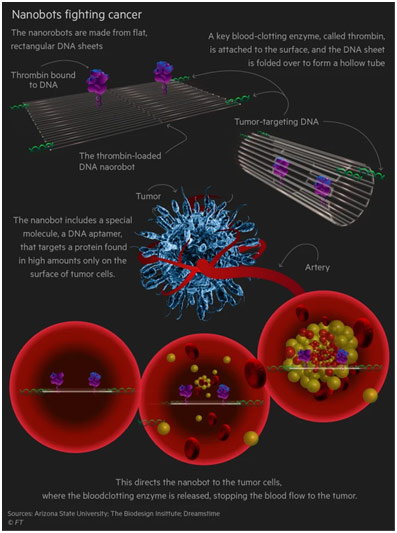
Nanorobots Fighting Cancer
Nanorobots can also shift our healthcare system’s current focus on interventionism to prevention by allowing around-the-clock detection and faster diagnoses. For instance, durable nanorobots could stay swimming inside our bloodstream with their minuscule size allowing them to be powered by our body heat alone. Physicians generally order laboratory tests at a patient checkup or when they suspect their patient might have a disease or disorder; however, with nanorobots in the patient’s bloodstream, labs could be constantly recorded. Having continuous data for measures like a complete blood count, prothrombin time, thyroid-stimulating hormone, and hemoglobin A1C would afford faster diagnoses of conditions like anemia, coagulopathy, hypothyroidism, and diabetes respectively. By catching these and other diseases in their early stages, early treatment could begin, perhaps by those same nanorobots, and prevent at least the worst of the complications. With nanorobots that detect aneurysms before they rupture, nanorobots that detect tumors before they metastasize and nanorobots that detect pathogens before they cause infection, patient care would be transformed and focused on upstream interventions instead of downstream ones.

Nanorobots in the Bloodstream that Allow for Pervasive Monitoring
Nanorobots also have the ability to better facilitate gene therapy, done today by using viruses to deliver the genetic material to the patient. Safety and cost concerns with these viruses make nonviral vectors like nanorobots potentially more promising. For genetic conditions where the patient lacks a functioning copy of a gene such as cystic fibrosis, Duchenne muscular dystrophy, and Huntington’s to name a few, the minuscule nanorobots could deliver a single proper gene to the nucleus so that the necessary protein can still be made. Many patients with cancer see their proto-oncogenes and tumor suppressor genes fail, which leads to unregulated cell growth. The durable nanorobots in our body could potentially detect mutations in these and other vital genes and perhaps even correct them then and there. In fact, a team from Tufts and the Chinese Academy of Sciences have developed a way of delivering the CRISPR technology for gene editing through lipid nanomaterials to the liver with “as much as 90 percent efficiency” according to Tufts Now. Specifically, they targeted the PCSK9 gene, which is associated with a higher risk of cardiovascular risk through increased LDL (“bad”) cholesterol. Other groups have similarly shown the potential of using nanomaterials along with CRISPR to revolutionize gene therapy.
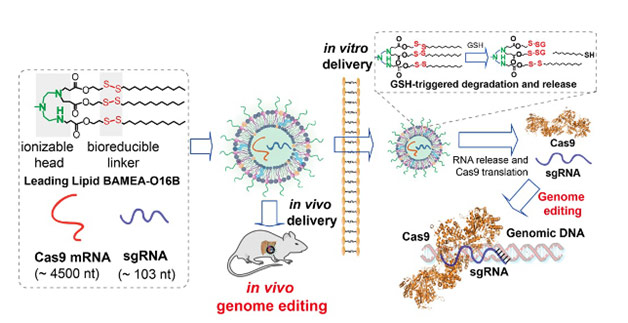
Nanoparticles Delivering CRISPR Technology to Mouse Liver
Nanorobots and nanotechnology, in general, have the potential to transform our healthcare experience. With nanorobots that can do surgery, targeted drug delivery, and gene therapy, our interventions will become more efficient and proactive, helping to treat diseases in ways that are frankly not possible today. However, even more exciting, nanorobots can perhaps contribute to a world where people do not get sick in the first place because of monitoring and preventive medicine that nips diseases and disorders in the bud. Of course, there is a great deal of work that still must be done to bring nanorobots from a more theoretical realm to a practical one. Nevertheless, nanorobots will contribute to the ever brighter horizon of medicine’s future.
REFERENCES
Brueck, Hilary. “This Tiny Robot Team Could Help Stop the No. 1 Killer in America.” Fortune, 12 Jan. 2016, fortune.com/2016/01/12/artery-clearing-nanobot/. Accessed 31 Aug. 2019.
“Common Lab Tests.” Cleveland Clinic: Martin Health, www.martinhealth.org/common-lab-tests-mhs. Accessed 31 Aug. 2019.
“Introduction to Nanorobots and Its Medical Applications.” El-Pro-Cus, www.elprocus.com/nanorobots-and-its-application-in-medicine/. Accessed 31 Aug. 2019.
Lipids Formulated with a Bioreducible Linker Form the Wall of Nanoparticles Encapsulating the mRNA of Cas9 Plus sgRNA. Tufts Now, now.tufts.edu/news-releases/novel-nanoparticles-deliver-crispr-gene-editing-tools-cell-much-higher-efficiency. Accessed 31 Aug. 2019.
Nanorobot and Its Medical Applications. Legal Advantage, www.legaladvantage.net/blog/nanorobot-and-its-medical-applications/. Accessed 31 Aug. 2019.
Nanorobotics. AZO Nano, www.azonano.com/article.aspx?ArticleID=4679. Accessed 31 Aug. 2019.
Nanorobots Fighting Cancer. 4 Mar. 2018. Financial Times, www.ft.com/content/57c9f432-de6d-11e7-a0d4-0944c5f49e46. Accessed 31 Aug. 2019.
Patra, Jayanta, et al. “Nano Based Drug Delivery Systems: Recent Developments and Future Prospects.” Journal of Nanobiotechnology, 19 Sept. 2018, jnanobiotechnology.biomedcentral.com/articles/10.1186/s12951-018-0392-8. Accessed 31 Aug. 2019.
Saadeh, Yamaan, and Dinesh Vyas. “Nanorobotic Applications in Medicine: Current Proposals and Designs.” American Journal of Robotic Surgery, vol. 1, no. 1, 1 June 2014, pp. 4-11, www.ncbi.nlm.nih.gov/pmc/articles/PMC4562685/?holding=F1000&otool=stanford. Accessed 31 Aug. 2019.
Screenshots with Nanorobots and Red Blood Cells inside the Vessel. MDPI, www.mdpi.com/1424-8220/8/5/2932/htm. Accessed 31 Aug. 2019.
Shearman, Sarah. “Nanobots Kill off Cancerous Tumours as Fiction Becomes Reality.” Financial Times, 4 Mar. 2018, www.ft.com/content/57c9f432-de6d-11e7-a0d4-0944c5f49e46. Accessed 31 Aug. 2019.
Silver, Mike. “Novel Nanoparticles Deliver CRISPR Gene Editing Tools into the Cell with Much Higher Efficiency.” Tufts Now, 12 July 2019, now.tufts.edu/news-releases/novel-nanoparticles-deliver-crispr-gene-editing-tools-cell-much-higher-efficiency. Accessed 31 Aug. 2019.



